How to Grow Foxgloves
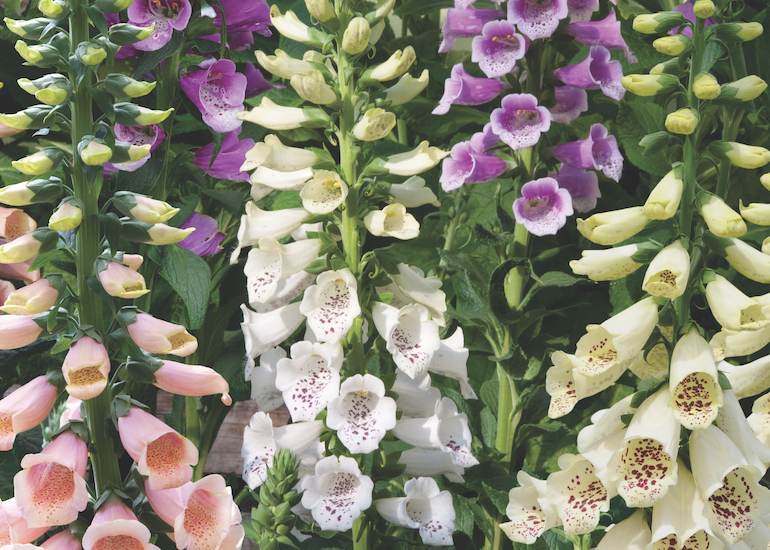
Hardy foxgloves thrives in almost any position - from full sun to shade
Image: Foxglove 'Dalmation Mixed' from Thompson & Morgan
The tall, elegant spires of Digitalis purpurea, or Foxgloves as they are more commonly known, are iconic flowers in cottage gardens and woodland areas. This hardy biennial thrives in almost any position from full sun to full shade, making it particularly easy to grow.
Whether you choose dwarf cultivars for containers or prefer to plant drifts of taller varieties through your borders, there’s a huge variety of Foxgloves from which to choose. You can grow them from seed, plug plants and garden ready plants, or take a shortcut to instant wow factor by investing in larger 1 and 2 litre pots. Here are some quick tips to help you grow Foxgloves in your outside space.
Can foxgloves be grown from seed?
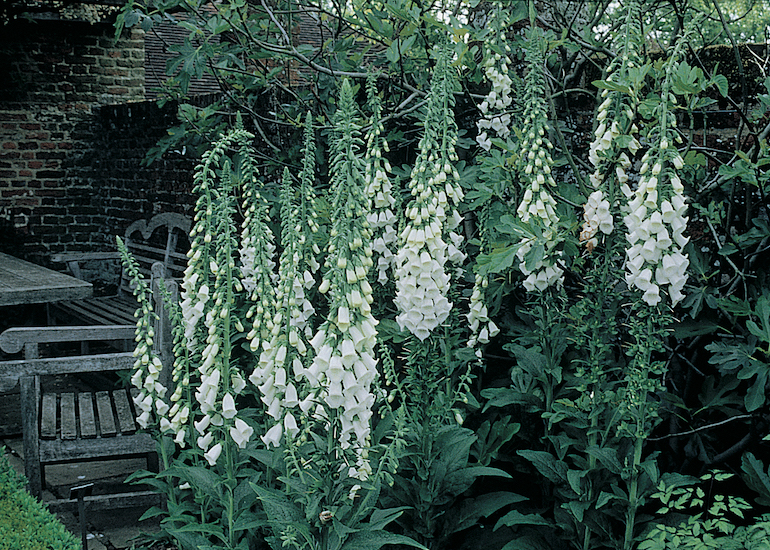
Grow the unusual pure white Foxglove 'Alba' from seed for an elegant show
Image: Visions BV, Netherlands
Foxgloves are hardy biennials or short-lived perennials. The main structure of the plant, including its leaves and strong root system, is established in the first year and flower spikes appear the following summer.
Foxglove seeds are best sown between January and May on good quality seed compost. Cover with a light sprinkling of compost or vermiculite to hold the seeds in place. They can then be placed in a propagator at a temperature between 18-25C (64-77F). If you don’t have a propagator, simply seal the tray inside a clear polythene bag until germination has occurred and place it on a sunny windowsill. The compost must be kept moist, but not waterlogged. The young seedlings can be transplanted into borders in October to March (depending on seasonal conditions) or potted up into containers to allow a good root system to develop.
Native foxgloves will self seed when planted in the garden and the seedlings will be true to the parent plant. Buy cultivar seed rather than collecting it, to ensure you get the true cultivar.
How to grow foxgloves from plug plants
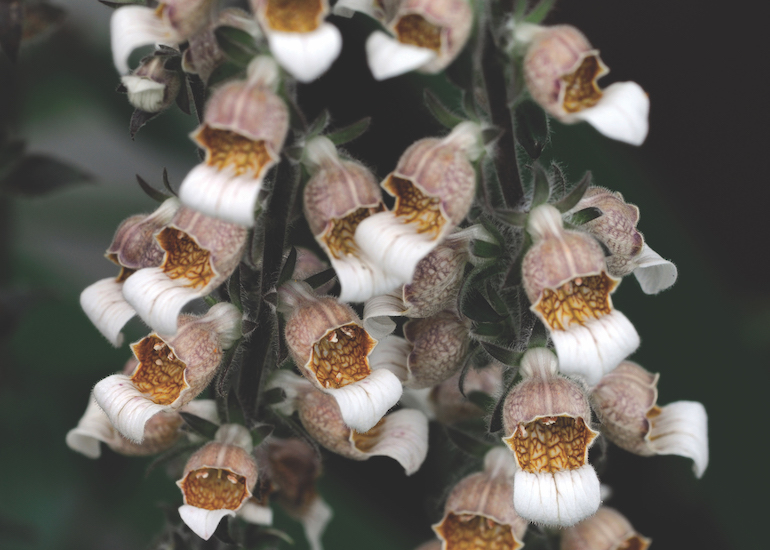
Foxglove lanata 'Cafe Creme' has unusual coffee coloured blooms
Image: Alamy Stock Photo
Foxgloves are easy to grow from plug plants or garden ready plants. When your plug plants arrive, they’ll need potting on into individual 7 or 9 cm diameter pots, using a good quality compost. Keep the pots in a cool, frost-free position like a cold frame or unheated greenhouse. They will double in size and when all risk of frost has passed, you can gradually acclimatise your foxgloves to outdoor conditions over a period of 7 days before planting in their final positions.
Garden Ready Foxgloves are slightly larger, and can be planted straight outside into borders. In mature borders, with lots of competition from other established perennials, you may prefer to pot them up and grow them on a little first.
For instant impact, opt for a larger potted plant like Foxglove 'Excelsior Hybrids’. These 1 -3 litre pots are perfect for creating a well-established appearance in borders and are better able to withstand competition from other plants.
Which foxglove cultivars are the best?
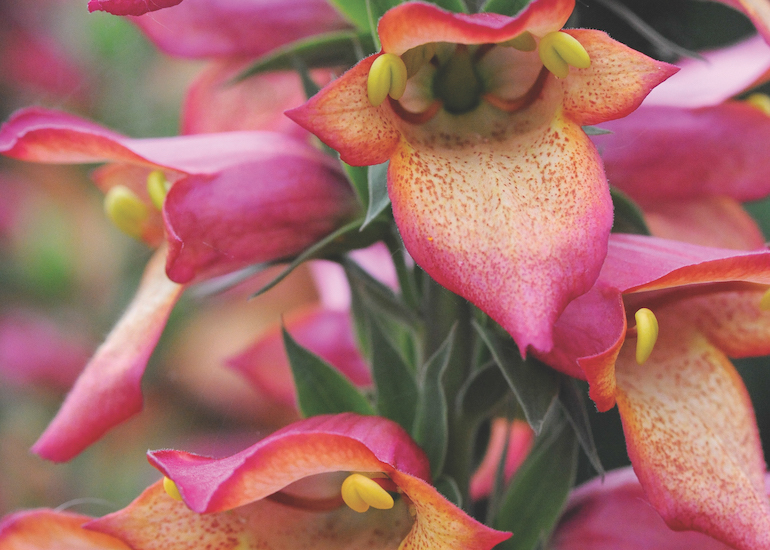
Unique hybrid foxglove 'Illumination Flame' has striking coloured blooms
Image: Foxglove 'Illumination Flame' from Thompson & Morgan
The Foxglove Illumination series, including the stunning Foxglove ‘Illumination Ruby Slippers’ and Foxglove ‘Illumination Pink’ are unique hybrids developed by T&M’s own breeding programme. Parentage from the little-known Isoplexis (Canary Island Foxglove) gives this exciting hybrid its fabulous colouring and perennial habit, allowing you to enjoy them year after year. They can flower for up to five months as they’re completely sterile (do not set seed).
For something a little more unusual, Candy Mountain produces upward facing rose-pink coloured flowers on sturdy stems, allowing easy access for pollinators. The blooms appear all around the stem making it perfect for planting in central beds and cottage garden borders. With recent breeding developments, there are now various ‘Mountain’ colours available - try Foxglove ‘Mountains Mixed’ for flowers from white through to dark pink.
Excelsior hybrids are an improved version of our native foxglove and are best planted in large swathes at the back of borders or cut for indoor displays. Foxglove ‘Excelsior Hybrids’ is a great choice for adding colour, height and structure to your planting scheme.
And if you prefer to grow your foxgloves in pots and containers, try a compact variety like ‘Panther’ which grows up to 60cm tall, or ‘Dalmation Peach’ which peaks at just 50cm.
How to care for foxgloves
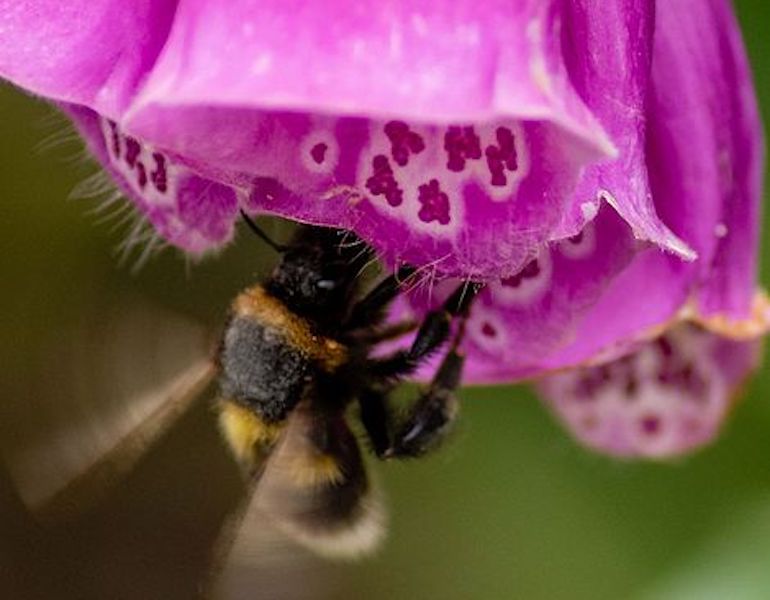
Pollinators love visiting nectar rich foxglove flowers
Image: Foxglove 'Panther' from Thompson & Morgan
Foxgloves will grow in any reasonable soil apart from extremely dry or waterlogged conditions. Thriving in sun or shade, they even grow in dry shade where other plants often struggle, making them extremely versatile in the garden.
You can plant Foxgloves at any time when the ground isn’t waterlogged or frozen, but the best time is spring or autumn when the soil is warm and moist. Dig in some well-rotted compost before planting your foxgloves, as this will improve moisture retention, drainage and feed the plant. Plant them in extravagant swathes in the dappled shade of deciduous trees, or dot them through cottage garden borders.
Wildlife areas benefit from their nectar-rich blooms and pollinating insects love having foxgloves in the garden. Wherever you choose to plant them, the humble Foxglove always makes a statement!
Quick guide to growing foxgloves
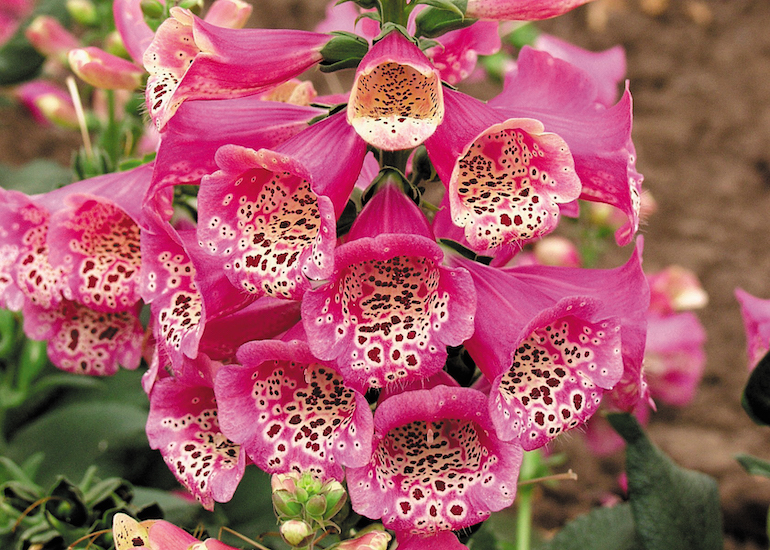
Buying 2L potted foxglove plants means that you can enjoy blooms in the first year
Image: Foxglove 'Camelot Rose' from Thompson & Morgan
- Foxgloves establish in their first year and flower in the second year after sowing.
- Sow foxglove seeds onto seed compost, cover with vermiculite and keep at 18-25C.
- Buy foxglove plugs and garden ready plants to pot on and plant straight out into the garden.
- Plant foxgloves in swathes at the back of the border for maximum impact.
We hope you’ve found plenty of useful tips and inspiration to help you grow foxgloves. Keep us up to date via our social channels, and use #YourTMGarden to share your favourite foxgloves with us on Instagram. We love to hear from you!
Sign Up For Exclusive Special Offers




© 2024 Thompson & Morgan. All rights reserved. A division of Branded Garden Products Limited.
Sign up for exclusive offers!



